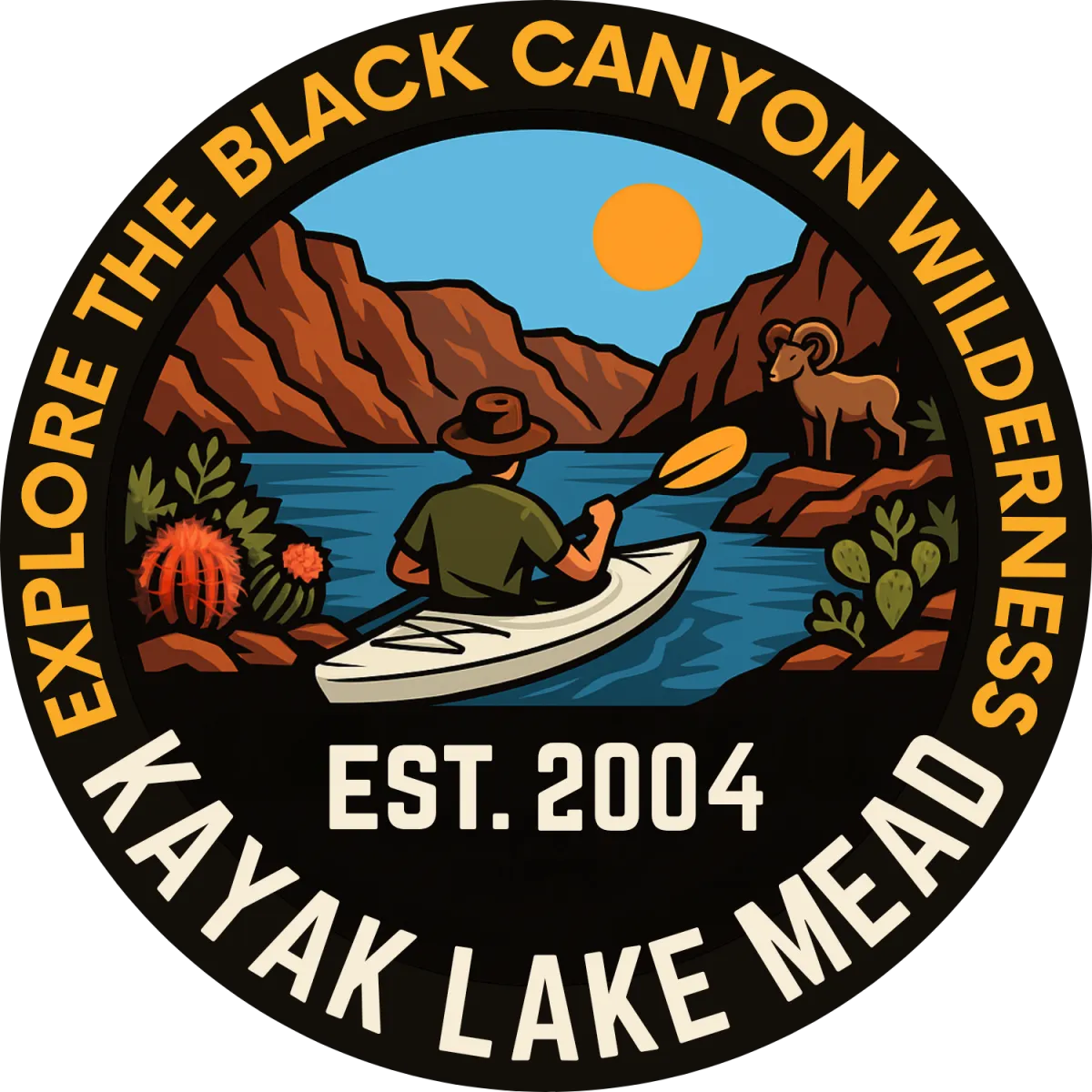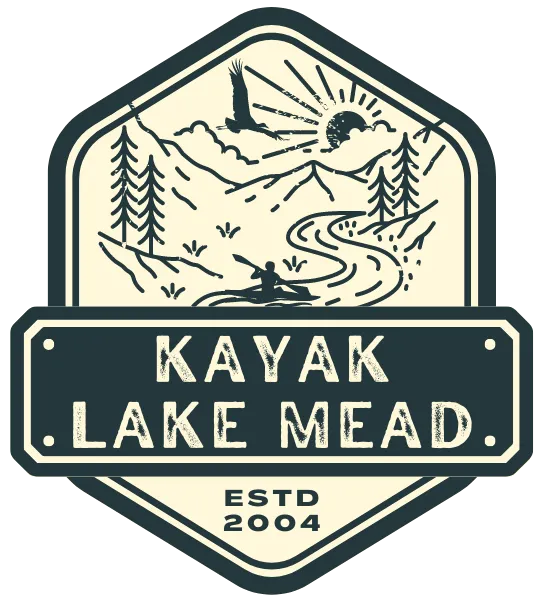What Is Bracing?
Kayak High Brace Technique
The high brace is used to prevent a kayak from capsizing. It is the most basic and necessary skill for paddling in developed waves.
Master this stroke on open water and a kayak roll in many ways becomes unnecessary. We use it as a good skill from which to learn and practice rolls in tandem kayaks.
Having a good high brace in your library of kayak skills will help prevent a capsize in big waves.
This skill is used primarily in the surf zone when (I mean of course, if ) your boat gets broached and you are about to get tumultuously capsized.
It is also used to good effect anytime larger, steeper waves are about to cause capsize.
It's also a good stroke to use on flat calm water on a hot summer day - you can dunk your head and cool off.
Also, the high brace is a very good lead in skill that you can apply to a High Brace Eskimo Roll; which is one method of righting yourself from a complete capsize.
Here are some key points to keep in mind:
Your hand is on the paddle with knuckles up and elbow down. Keep the elbow close to the side of your waist; this will give you maximum leverage against the water's surface when you uncoil.
Hold your paddle shaft parallel to the water, at a right angle to your kayak and the power face of the blade down. Think of yourself as being in a tightly coiled position. And think of the high brace as uncoiling vigorously from that position after the blade engages the water.
Make sure the power face of your blade engages the water flat and not with a slice.
You will be uncoiling back up away (executing a hip snap) from the push of the blade against the water.
The last part of the uncoil (the last part of the hip snap) that returns to the upright position is your head.
Here's how you practice the high brace...
Whether you practice on your left or right side doesn't matter, first practice on your dominant side and then the other.
Keep your eyes forward and watch the bow of your boat as you lean and fall towards the water and as you return to the upright position; this will help you to maintain proper position throughout the movement.
At first, when trying this skill; plan on having to wet exit and re-enter a few times until you get the high brace and then it will be a comfortable and enjoyable skill to practice. And at first, just let yourself fall over until the blade engages the water, later you can let your entire head get wet.
Watch the video
over and over before actually practicing the high brace.
To Execute:
With your paddle and body in the correct position, lean a little too far to the side, allowing yourself to fall over and allowing your blade to connect with the water (when the blade does connect you want to feel the blade's engagement of the water, you will feel that blade's power face displace the water), when you do feel the blades connection with the water execute a hip snap (the hip snap is your uncoil, it is the pushing away from the blade as the blade pushes down).
Execute a good hip snap (with your head following last) and voila your back up!
The hip snap (hip flick)...
This is a movement executed with your body while sitting in your kayak, to bring back upright, your kayak that has partially (or fully) turned over.
You are sitting in this position firmly; your feet are on the foot pegs, such that your knees are slightly bent, and your lower thighs are under the deck.
You lift your knee up against the deck, vigorously.
You lower your head down to your knee, vigorously. In effect, your head and knee are trying to come together, vigorously.
Your head which is down (because it was lowering to your knee) performs the final part of the hip snap as it back upright.



